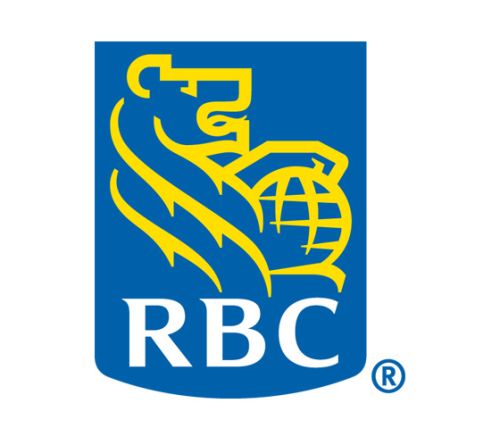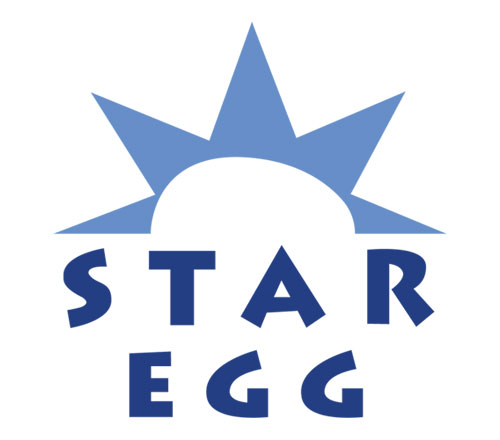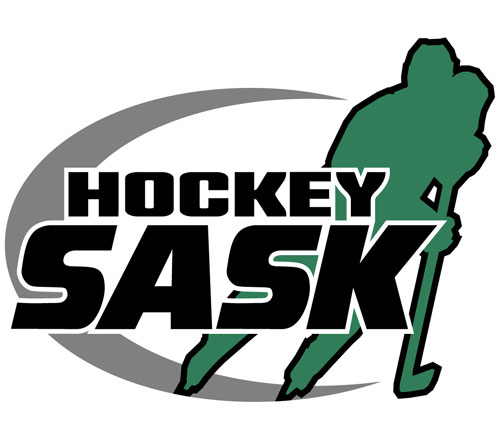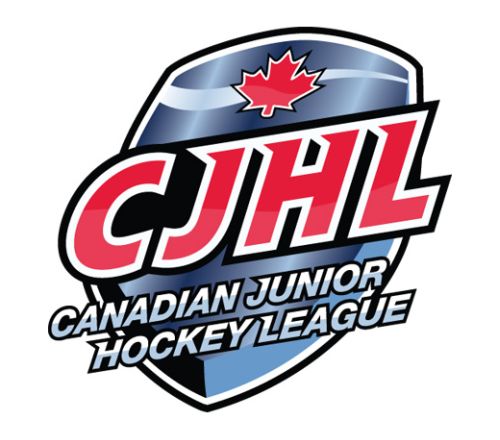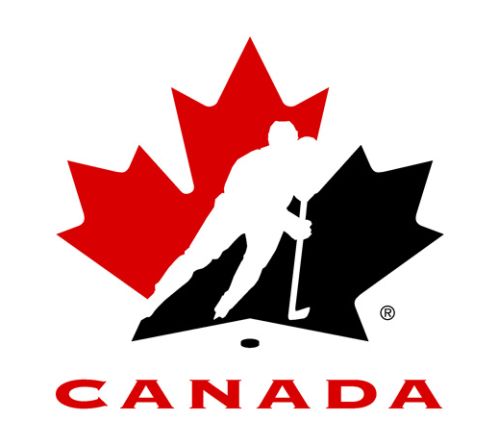By Dave Leaderhouse
Editor’s note: This is the second in a series of features on the 12 head coaches in the Saskatchewan Junior Hockey League that will run every Friday throughout the summer. The intent is to familiarize the fans with those who are in charge of the various clubs as there has been a significant turnover in the last couple of seasons. Often ready to take a backseat to the players as those are the ones who deserve to be in the spotlight, the coaches and general managers shoulder the responsibility for putting the product on the ice and rightfully deserve credit for making the SJHL one of the premiere Junior “A” leagues in the country.
The game of hockey has taken Phil Roy to many places, but his latest stop in a lengthy association with the sport appears to match up perfectly with what he wants to put into and get out of the game.
“I’m a developer; I believe in culture and systems,” explains Roy. “There has to be accountability and that is a maturity process. I want to make (the players) ready for the next step.”
The 42-year-old St. Leonard, Que., product has plenty of experience to draw from as he enters his second season running the Saskatchewan Junior Hockey League’s Notre Dame Hounds. As a player, Roy spent two seasons with the Cornwall Colts of the Central Junior Hockey League before moving on to a four-year run with Clarkson University. Roy then turned pro and over the span of five years he patrolled the blueline on teams in Muskegon, Saint John, Johnstown, Cleveland and Augusta on this side of the pond before finishing his playing career with stops in France and England.
Roy then got into coaching and after spending time at Hobart College, Neumann College and Merrimack College he returned to his alma mater at Clarkson where, for seven years, he was an assistant coach responsible for many duties including recruiting and administration in addition to helping with the development of the on-ice product.
All of that experience shone brightly in his rookie season with the Hounds as numerous injuries forced him to scramble to put together a line-up, but in the end Notre Dame qualified for the post-season as they recorded a 25-23-5-5 record during the regular campaign. The Hounds then narrowly lost out to the Yorkton Terriers in the Wild Card round, but the promise of an exciting future was evident and Roy is expecting much better results beginning in the fall.
“We were a young team, but the growth was phenomenal,” says Roy. “Next year we will be a little bit older, but with the nucleus coming back, and we will add to that, they will know what to expect.”
Notre Dame could return as many as 17 players from last year’s team putting them in a situation to have a quick start when the season begins. This could bode well for the Hounds as a change in the playoff format for next year that eliminates the Wild Card round means that only the top eight teams will advance beyond the regular season. This gives more emphasis to every game, especially early in the season when teams are normally just coming together.
That experience, both on the ice and behind the bench, should also help the Hounds at both ends of the ice as Notre Dame allowed four more goals than they scored and in order to have any success that has to be reversed in a big way.
A more competitive team will also attract more attention from post-secondary schools and with Roy’s connections from his previous work in the NCAA ranks the future looks great, both for the team as a whole, and for players looking to continue playing the game while gaining an education after their junior careers are done.


























